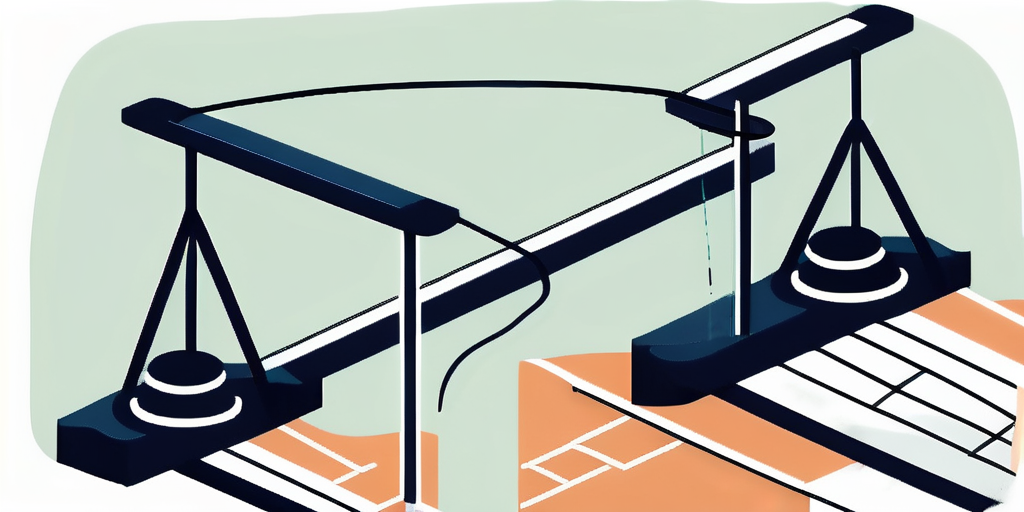Welcome, dear reader, to the world of tax planning, where the numbers are made up and the percentages matter. Today, we’re diving headfirst into the thrilling, pulse-pounding world of the Marginal Tax Rate. Yes, you heard it right. We’re talking about that one thing that makes your accountant’s heart race faster than a cheetah on a caffeine rush. So, buckle up, because it’s going to be a wild ride!
Now, before we start, let’s get one thing straight. The Marginal Tax Rate is not a new dance move, nor is it the name of a trendy hipster band. It’s a critical concept in tax planning that can affect your financial life in ways you never imagined. So, let’s roll up our sleeves, put on our thinking caps, and dive into the exciting world of tax rates!
Understanding the Basics of Marginal Tax Rate
Imagine you’re at a party. The music is pumping, the drinks are flowing, and you’re having a great time. Suddenly, the DJ announces a new rule: for every additional drink you have, you have to dance for an extra minute. That’s essentially what the Marginal Tax Rate is. It’s the tax you pay on the ‘extra’ or ‘additional’ income you earn. The more you earn, the more you dance… err… pay.
Now, this doesn’t mean that all your income is taxed at this higher rate. Oh no, that would be too simple, and as we all know, taxes and simplicity go together like oil and water. Instead, different portions of your income are taxed at different rates, creating what’s known as a progressive tax system. It’s like a stairway to tax heaven, with each step representing a different tax rate.
The Progressive Tax System
Picture a staircase. The first few steps are low, easy to climb. But as you go higher, the steps become steeper. That’s the progressive tax system for you. The government, in its infinite wisdom, has decided that the more money you make, the higher the percentage of your income you should pay in taxes. It’s like a ‘success penalty’ of sorts.
Now, this might seem unfair. After all, why should you be punished for being successful? But think of it this way: the more you earn, the more you benefit from public services and infrastructure. So, it’s only fair that you contribute more towards maintaining them. It’s like being asked to chip in more for pizza because you’re going to eat more slices. Makes sense, right?
How the Marginal Tax Rate Works
Let’s say you’re a high-roller, earning big bucks. You’re not just in the ‘rich’ category, you’re in the ‘I-have-a-gold-plated-yacht’ category. Now, according to the progressive tax system, you should be paying a higher percentage of your income in taxes. But here’s the kicker: only the income above a certain threshold is taxed at the higher rate. The rest of your income is taxed at lower rates.
So, if you’re earning $1 million a year (lucky you!), not all of that income is taxed at the highest rate. Only the income above the highest threshold is taxed at the highest rate. The rest of your income is taxed at lower rates. It’s like having your cake and eating it too… well, sort of.
Why the Marginal Tax Rate Matters
Now, you might be thinking, “Why should I care about the Marginal Tax Rate? I’m not a millionaire!” Well, dear reader, the Marginal Tax Rate matters to everyone, not just the super-rich. It affects how much tax you pay, how much money you take home, and how you plan your finances.

Understanding your Marginal Tax Rate can help you make smarter financial decisions. It can help you decide whether to take on extra work, invest in certain assets, or make charitable donations. It’s like having a secret weapon in your financial arsenal. So, don’t underestimate the power of the Marginal Tax Rate!
Planning Your Finances
Knowing your Marginal Tax Rate can help you plan your finances more effectively. For instance, if you’re considering taking on extra work, you’ll need to factor in the additional tax you’ll have to pay. If the extra income pushes you into a higher tax bracket, you might end up taking home less money than you expected.
Similarly, if you’re thinking about selling an asset, you’ll need to consider the capital gains tax. If the sale pushes your income into a higher tax bracket, you might end up paying more tax than you anticipated. So, understanding your Marginal Tax Rate can help you avoid unpleasant financial surprises.
Investing Wisely
Your Marginal Tax Rate can also affect your investment decisions. For instance, if you’re in a high tax bracket, you might want to consider tax-efficient investments, like index funds or ETFs. These investments can help reduce your taxable income and lower your overall tax bill.
On the other hand, if you’re in a low tax bracket, you might want to consider investments that generate taxable income, like bonds or dividend-paying stocks. These investments can provide you with a steady stream of income without pushing you into a higher tax bracket. So, knowing your Marginal Tax Rate can help you invest more wisely.
Calculating Your Marginal Tax Rate
Now that we’ve covered the basics of the Marginal Tax Rate, let’s talk about how to calculate it. Don’t worry, it’s not as complicated as it sounds. In fact, it’s as easy as pie… well, a pie chart, at least.
The first step is to figure out your taxable income. This is your total income minus any deductions or exemptions. Once you have this number, you can look up your tax rate in the tax tables provided by the IRS. These tables list the tax rates for different income ranges.
Using the Tax Tables
The IRS tax tables are like a treasure map, guiding you to your tax rate. They list the tax rates for different income ranges, or brackets. To find your tax rate, you simply locate your income range in the table and look at the corresponding tax rate.
Now, this might seem straightforward, but there’s a catch. The tax rate listed in the table is not your Marginal Tax Rate. It’s your average tax rate. To find your Marginal Tax Rate, you need to look at the rate for the next income bracket. This is the rate you would pay on any additional income you earn.
Calculating Your Average and Marginal Tax Rates
To calculate your average tax rate, you divide your total tax by your total income. This gives you a percentage that represents the average amount of tax you pay on each dollar you earn. It’s like finding the average score in a game of darts. You add up all your scores and divide by the number of throws.
To calculate your Marginal Tax Rate, you look at the tax rate for the next income bracket. This is the rate you would pay on any additional income you earn. It’s like finding the score for your next throw in a game of darts. You look at the target you’re aiming for and the points it’s worth.
Conclusion: The Power of the Marginal Tax Rate
So, there you have it, folks. The Marginal Tax Rate, in all its glory. It’s not just a boring tax concept, it’s a powerful tool that can help you plan your finances, make smarter investment decisions, and potentially save you a lot of money. So, the next time you’re at a party and someone brings up the Marginal Tax Rate, don’t roll your eyes. Instead, impress them with your newfound knowledge and watch as they gaze at you in awe.
Remember, the world of tax planning is a jungle, and the Marginal Tax Rate is your machete, helping you cut through the confusion and complexity. So, wield it wisely, use it well, and watch as your financial future becomes brighter. And remember, in the world of taxes, knowledge is power. So, keep learning, keep growing, and keep laughing. Because, as we all know, laughter is the best tax deduction!


